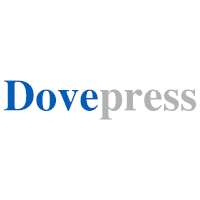
“The human body contains endogenous cannabinoids (endocannabinoids) that elicit similar effects as Δ9-tetrahydrocanabinol, the principal bioactive component of cannabis.
The endocannabinoid virodhamine (O-AEA) is the constitutional isomer of the well-characterized cardioprotective and anti-inflammatory endocannabinoid anandamide (AEA).
The chemical structures of O-AEA and AEA contain arachidonic acid (AA) and ethanolamine, however AA in O-AEA is connected to ethanolamine via an ester linkage whereas AA in AEA is connected through an amide linkage. We show that O-AEA is found at 9.6 fold higher levels than AEA in porcine left ventricle and is involved in regulating blood pressure and cardiovascular function.
On a separate note, the cytochrome P450 (CYP) epoxygenase CYP2J2 is the most abundant CYP in the heart where it catalyzes the metabolism of AA and AA-derived eCBs to bioactive epoxides that are involved in diverse cardiovascular functions. Herein, using competitive binding studies, kinetic metabolism measurements, molecular dynamics and wound healing assays we have shown that O-AEA is an endogenous inhibitor of CYP2J2 epoxygenase.
Together, the role of O-AEA as an endogenous eCB inhibitor of CYP2J2 may provide a new mode of regulation to control the activity of cardiovascular CYP2J2 in vivo and suggests a potential cross talk between the cardiovascular endocannabinoids and cytochrome P450 system.”










